Birth and Olympics
James Cleveland “Jesse” Owens was born on September 12, 1913 and died on March 31, 1980. He was an American track and field athlete who specialized in the sprints and the long jump.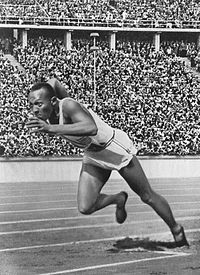
He participated in the 1936 Summer Olympics in Berlin, Germany, where he achieved international fame by winning four gold medals: one each in the 100 meters, the 200 meters, the long jump, and as part of the 4×100 meter relay team. He was the most successful athlete at the 1936 Summer Olympics.
In the face of Hitler’s prejudices, Jesse, an African American, showed that all races can excel.
The Jesse Owens Award, USA Track and Field’s highest accolade for the year’s best track and field athlete, is named after him, in honor of his significant career.
So It – Running – Began
As a boy and youth, Owens took different jobs in his spare time: he delivered groceries, loaded freight cars and worked in a shoe repair shop while his father and older brother worked at a steel mill. During this period, Owens realized that he had a passion for running.
Throughout his life, Owens attributed the success of his athletic career to the encouragement of Charles Riley, his junior high track coach at Fairmount Junior High School. Since Owens worked in a shoe repair shop after school, Riley allowed him to practice before school instead.
Owens first came to national attention when he was a student of East Technical High School in Cleveland; he equaled the world record of 9.4 seconds in the 100-yard (91 m) dash and long-jumped 24 feet 9 ½ inches (7.56 metres) at the 1933 National High School Championship in Chicago.
The Ohio State University
Owens attended Ohio State University after employment was found for his father, ensuring the family could be supported. Affectionately known as the “Buckeye Bullet,” Owens won a record eight individual NCAA championships, four each in 1935 and 1936.
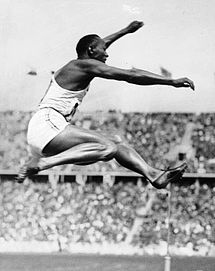 Though Owens enjoyed athletic success, he had to live off campus with other African-American athletes. When he traveled with the team, Owens was restricted to ordering carry-out or eating at “black-only” restaurants. Similarly, he had to stay at “blacks-only” hotels. Owens did not receive a scholarship for his efforts, so he continued to work part-time jobs to pay for school.
Though Owens enjoyed athletic success, he had to live off campus with other African-American athletes. When he traveled with the team, Owens was restricted to ordering carry-out or eating at “black-only” restaurants. Similarly, he had to stay at “blacks-only” hotels. Owens did not receive a scholarship for his efforts, so he continued to work part-time jobs to pay for school.
Owens’s greatest achievement came in a span of 45 minutes on May 25, 1935, during the Big Ten meet at Ferry Field in Ann Arbor, Michigan, where he set three world records and tied a fourth. He equaled the world record for the 100 yard dash (9.4 seconds); and set world records in the long jump (26 ft 8 1/4 in or 8.13 m, a world record that would last 25 years); 220-yard (201.2 m) sprint (20.3 seconds); and 220-yard (201.2m) low hurdles (22.6 seconds, becoming the first to break 23 seconds).
In 2005, University of Central Florida professor of sports history Richard C. Crepeau chose these wins on one day as the most impressive athletic achievement since 1850.
The Berlin Olympics and Racism
In 1936, Owens arrived in Berlin to compete for the United States in the Summer Olympics. Adolf Hitler was using the games to show the world a resurgent Nazi Germany. He and other government officials had high hopes that German athletes would dominate the games with victories. Meanwhile, Nazi propaganda promoted concepts of “Aryan racial superiority” and depicted ethnic Africans as inferior.
Owens countered this by winning four gold medals.
On August 3, he won the 100m sprint with a time of 10.3s, defeating teammate Ralph Metcalfe by a tenth of a second. On August 4, he won the long jump with a leap of 26 ft 5 in (later crediting his achievement to the technical advice he received from Luz Long, the German competitor whom he defeated).
On August 5, he won the 200m sprint with a time of 20.7s, defeating Mack Robinson (the older brother of Jackie Robinson). On August 9, Owens won his fourth gold medal in the 4×100 sprint relay when coach Dean Cromwell replaced Jewish-American sprinters Marty Glickman and Sam Stoller with Owens and Ralph Metcalf, who teamed with Frank Wykoff and Foy Draper to set a world record of 39.8s in the event.
This performance was not equaled until Carl Lewis won gold medals in the same events at the Soviet boycotted 1984 Summer Olympics in Los Angeles. In 1935 (the year before the Berlin Olympics), Jesse Owens set the world record in the long jump with a leap of 26 ft 8 in, and this record would stand for 25 years (a very rare length of time for a track and field record), until it was finally broken by Ralph Boston in 1960. Coincidentally, Owens was a spectator at the 1960 Summer Olympics in Rome when Boston took the gold medal in the long jump.
Just before the competitions, Owens was visited in the Olympic village by Adi Dassler, the founder of the Adidas athletic shoe company. He persuaded Owens to use Gebrüder Dassler Schuhfabrik shoes, the first sponsorship for a male African-American athlete.
On the first day of competition, Hitler shook hands only with the German victors and then left the stadium. Olympic committee officials insisted Hitler greet every medalist or none at all. Hitler opted for the latter and skipped all further medal presentations. Historians have noted that Hitler may have left the games at this time due to looming rain clouds which may have postponed the games. This happened well before Owens was to compete, but has largely come to be believed to be the “snub”.
On reports that Hitler had deliberately avoided acknowledging his victories, and had refused to shake his hand, Owens said at the time:
“Hitler had a certain time to come to the stadium and a certain time to leave. It happened he had to leave before the victory ceremony after the 100 meters. But before he left I was on my way to a broadcast and passed near his box. He waved at me and I waved back. I think it was bad taste to criticize the ‘man of the hour’ in another country.”
Albert Speer writes that Hitler reflected upon Owens’s victories with a shrug as African physiques were primitive and stronger than whites.
Owens was allowed to travel with and stay in the same hotels in Germany as whites. During a New York City ticker-tape parade on Fifth Avenue in his honor, someone handed Owens a paper bag. Owens paid it little mind until the parade concluded. When he opened it up, he found the bag contained $10,000 in cash. Owens’s wife Ruth later said, “And he [Owens] didn’t know who was good enough to do a thing like that. And with all the excitement around, he didn’t pick it up right away. He didn’t pick it up until he got ready to get out of the car.”
After the parade, Owens had to ride the freight elevator at the Waldorf-Astoria to reach the reception honoring him. President Franklin D. Roosevelt (FDR) never invited Jesse Owens to the White House following his triumphs at the Olympics games. Since 1936 was a presidential-election year, Roosevelt was afraid that he would lose southern votes if he played kowtow to an African American man.
Owens, who joined the Republican Party after returning from Europe, was paid to campaign for African American votes for Republican presidential nominee Alf Landon in the 1936 presidential election.
Owens said, “Hitler didn’t snub me – it was FDR who snubbed me. The president didn’t even send me a telegram.”
Among Other Honors
In 1996, Owens’s hometown of Oakville, Alabama, dedicated Jesse Owens Memorial Park in his honor, at the same time that the Olympic Torch came through the community, 60 years after his Olympic triumph. An article in the Wall Street Journal of June 7, 1996, covered the event and included this inscription written by poet Charles Ghigna that appears on a bronze plaque at the Park:
May this light shine forever
as a symbol to all who run
for the freedom of sport,
for the spirit of humanity,
for the memory of Jesse Owens.
Can You Run?
I can’t, since high school. So what if can or cannot run? There will never be another exactly like Jesse Owens.
(And yes, the story is true – Jesse Owens did give Harrison Dillard, and the Olympic gold medalist, a pair of his track shoes because Dillard had none at the time. I got this, personally, from the mouth of Harrison Dillard’s track coach – Eddie Finnegan.)
But just because you can or cannot run, doesn’t mean you, personally, can’t change the world. What is it you can do? Only you can answer that. But truly and persistently consider what you might be or do to change the world.
Source: Wikipedia.org (Please donate to this fine resource.)
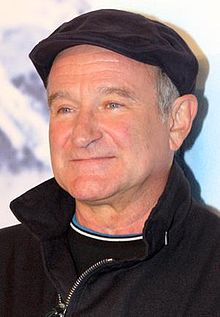 recognized as the comic genius he was. That comic genius changed the world. He changed my life for sure.
recognized as the comic genius he was. That comic genius changed the world. He changed my life for sure.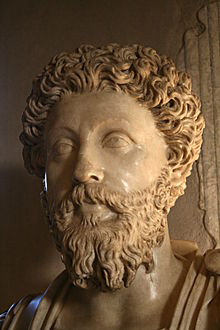
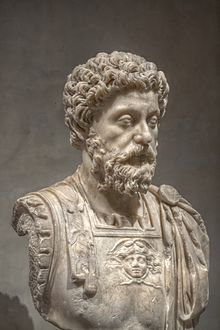 He had a logical mind and his notes were representative of Stoic philosophy and spirituality. Meditations is still revered as a literary monument to a government of service and duty. The book has been a favorite of Frederick the Great, John Stuart Mill, Matthew Arnold, Goethe, Wen Jiabao, and Bill Clinton.
He had a logical mind and his notes were representative of Stoic philosophy and spirituality. Meditations is still revered as a literary monument to a government of service and duty. The book has been a favorite of Frederick the Great, John Stuart Mill, Matthew Arnold, Goethe, Wen Jiabao, and Bill Clinton.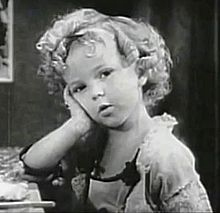
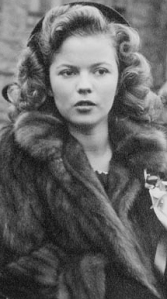

 Though Owens enjoyed athletic success, he had to live off campus with other African-American athletes. When he traveled with the team, Owens was restricted to ordering carry-out or eating at “black-only” restaurants. Similarly, he had to stay at “blacks-only” hotels. Owens did not receive a scholarship for his efforts, so he continued to work part-time jobs to pay for school.
Though Owens enjoyed athletic success, he had to live off campus with other African-American athletes. When he traveled with the team, Owens was restricted to ordering carry-out or eating at “black-only” restaurants. Similarly, he had to stay at “blacks-only” hotels. Owens did not receive a scholarship for his efforts, so he continued to work part-time jobs to pay for school.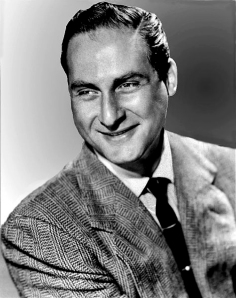
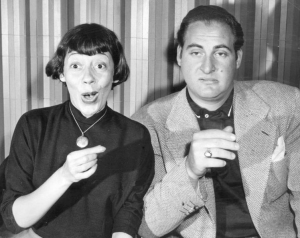 In 1977, after blacking out during a stage performance of Neil Simon’s The Last of the Red Hot Lovers, Caesar gave up alcohol “cold turkey”. In his 1982 autobiography, Where Have I Been?, and his second book, Caesar’s Hours, he chronicled his struggle to overcome his alcoholism and addiction to sleeping pills.
In 1977, after blacking out during a stage performance of Neil Simon’s The Last of the Red Hot Lovers, Caesar gave up alcohol “cold turkey”. In his 1982 autobiography, Where Have I Been?, and his second book, Caesar’s Hours, he chronicled his struggle to overcome his alcoholism and addiction to sleeping pills.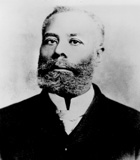 McCoy’s parents were fugitive slaves who had escaped from Kentucky to Canada via the Underground Railroad. In 1847, the family returned to the US, settling in Ypsilanti, Michigan. He had eleven siblings.
McCoy’s parents were fugitive slaves who had escaped from Kentucky to Canada via the Underground Railroad. In 1847, the family returned to the US, settling in Ypsilanti, Michigan. He had eleven siblings.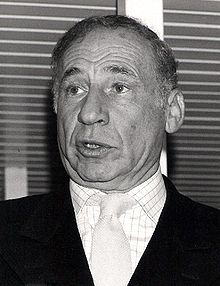
 Just that ability to have people laugh. Laughter helps keep one healthy and happy. Mel Brooks in producing that laughter for humankind has done us all a wonderful service.
Just that ability to have people laugh. Laughter helps keep one healthy and happy. Mel Brooks in producing that laughter for humankind has done us all a wonderful service.
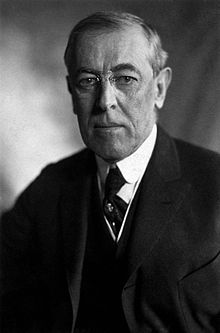
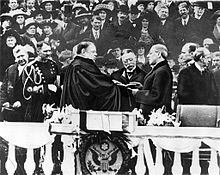
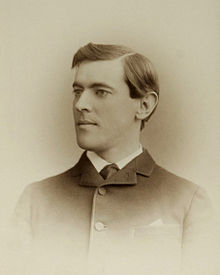
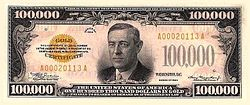

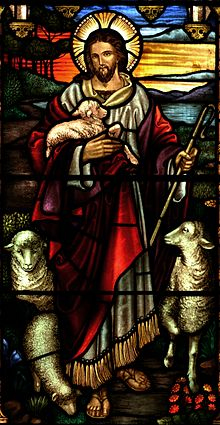 evidence that Jesus of Nazareth actually existed. Yes, there is mention of a person name Jesus in the works of a historian named Josephus. Yes, Roman senator and historian Tacitus wrote of the crucifixion of Jesus in the Annals, a history of the Roman Empire during the first century. But these are considered subjective references because there is no corroborating evidence.
evidence that Jesus of Nazareth actually existed. Yes, there is mention of a person name Jesus in the works of a historian named Josephus. Yes, Roman senator and historian Tacitus wrote of the crucifixion of Jesus in the Annals, a history of the Roman Empire during the first century. But these are considered subjective references because there is no corroborating evidence.